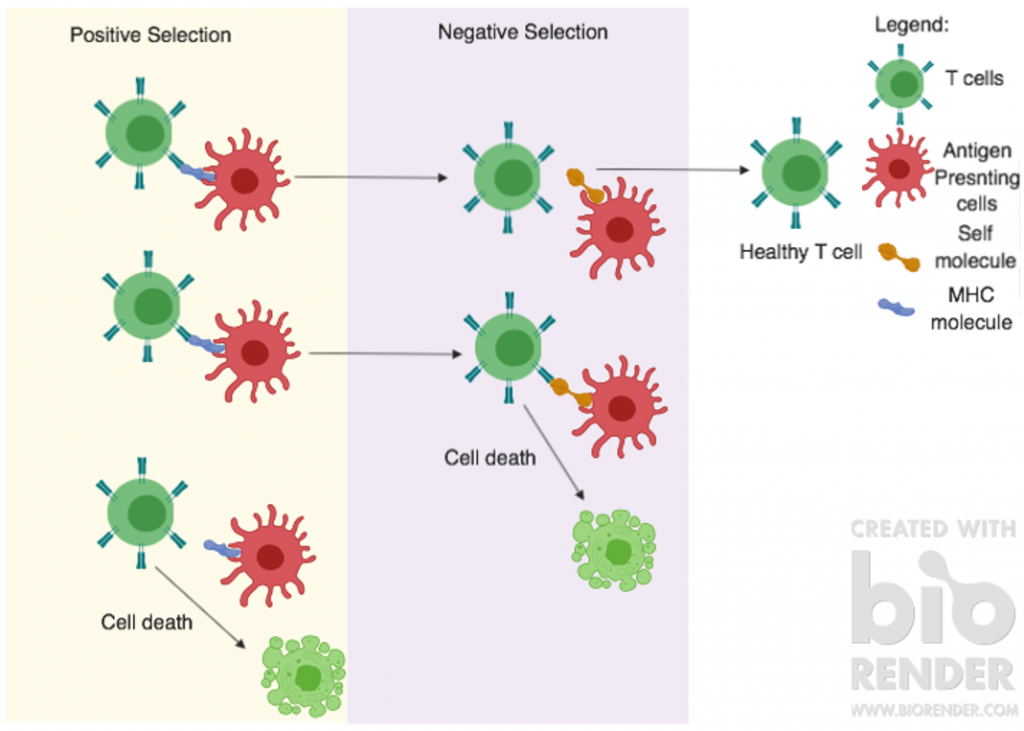By Christian Agosto-Burgos
Every single day we are all exposed to thousands of nasty and tiny pathogens, such as bacteria, viruses and fungi that could harm us. Thankfully, we all have an immune system that protects us from the harm these microorganisms could induce. Sometimes the immune system of certain individuals becomes confused and cannot distinguish between itself and a foreign invader. This makes the immune system able to recognize its own body as foreign and attack itself. This phenomenon is commonly known as autoimmunity or autoimmune disease. According to the National Institute of Health (NIH) around 23.5 million Americans are affected by an autoimmune disease. This ranks autoimmune diseases among one of the most prevalent diseases in the U.S.
There are many factors associated with the pathogenesis of autoimmune diseases. For example, several factors such as environmental exposures to solvents, genetic variations, sex, infections and others have been associated with the development of autoimmune diseases. But how can these factors induce aberrant immune system responses? Well, scientists all around the world are still trying to understand the nitty-gritty details of how all these factors contribute to autoimmunity. Scientist have discovered that these factors induce the development of autoreactive immune cells and loss of central tolerance. But what are autoreactive immune cells and how are they produced?
Well, immune cells such as T cells go to school early on during development where they learn to distinguish between itself and foreign. For example, T cells go to school in the thymus, an immune system organ, and this is the reason why they are called T cells. In the thymus, T cells undergo through two major tests: positive and negative selection. During positive selection, antigen presenting cells present small pieces of molecules called Major histocompatibility complex (MHC) to T cells. Immature T cells that bind strongly to MHC will receive survival signals and, thus, they become positively selected (See fig. A).
In contrast, those immature T cells that do not bind strongly to MHC and, thus, are not positively selected undergo cell death and are eliminated from the body. T cells that were positively selected undergo a second test or round of selection to ensure they have the ability to recognize MHC molecules, but they do not recognize and attack its own body cells. This process is called negative selection. During negative selection, antigen presenting cells present to T cells small pieces of self-molecules that are expressed in several tissues and organs, such as lungs and kidneys. Those T cells that bind too strongly to them are eliminated from the body (See fig. A). Thus, negative selection results in the eradication of T cells that possess a high likelihood of becoming autoreactive and have the potential of attacking its own body (See fig. B).
During T cells development, some T cells fail the Negative Selection test, which results in the development of autoreactive T cells capable of recognizing their own body as foreign (See fig. B). Under the right circumstances, such as exposure to environmental factors, genetic predisposition and history of infections, the presence of these autoreactive T cells in the body can lead to the development of an autoimmune disease.
Edited by Carolina Herrera and Dominika Trzilova


